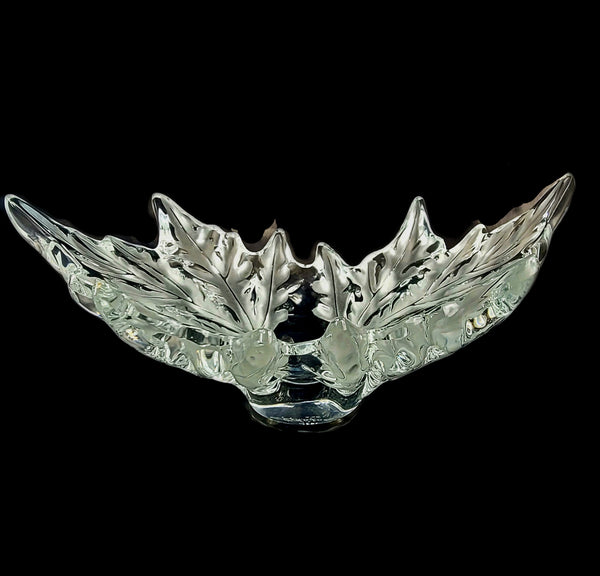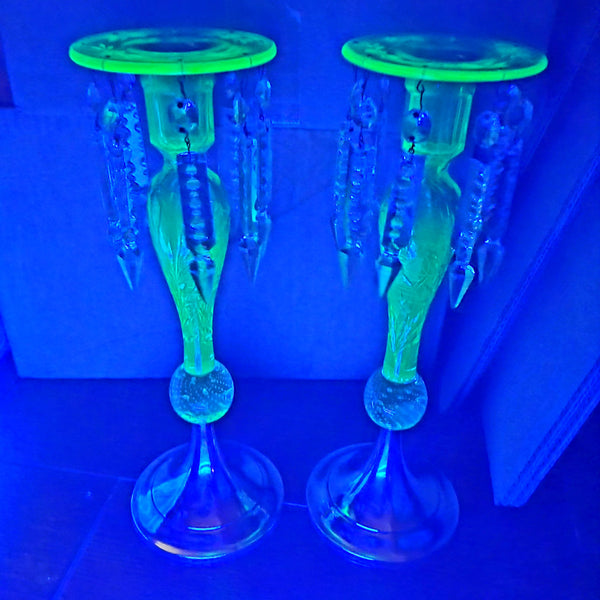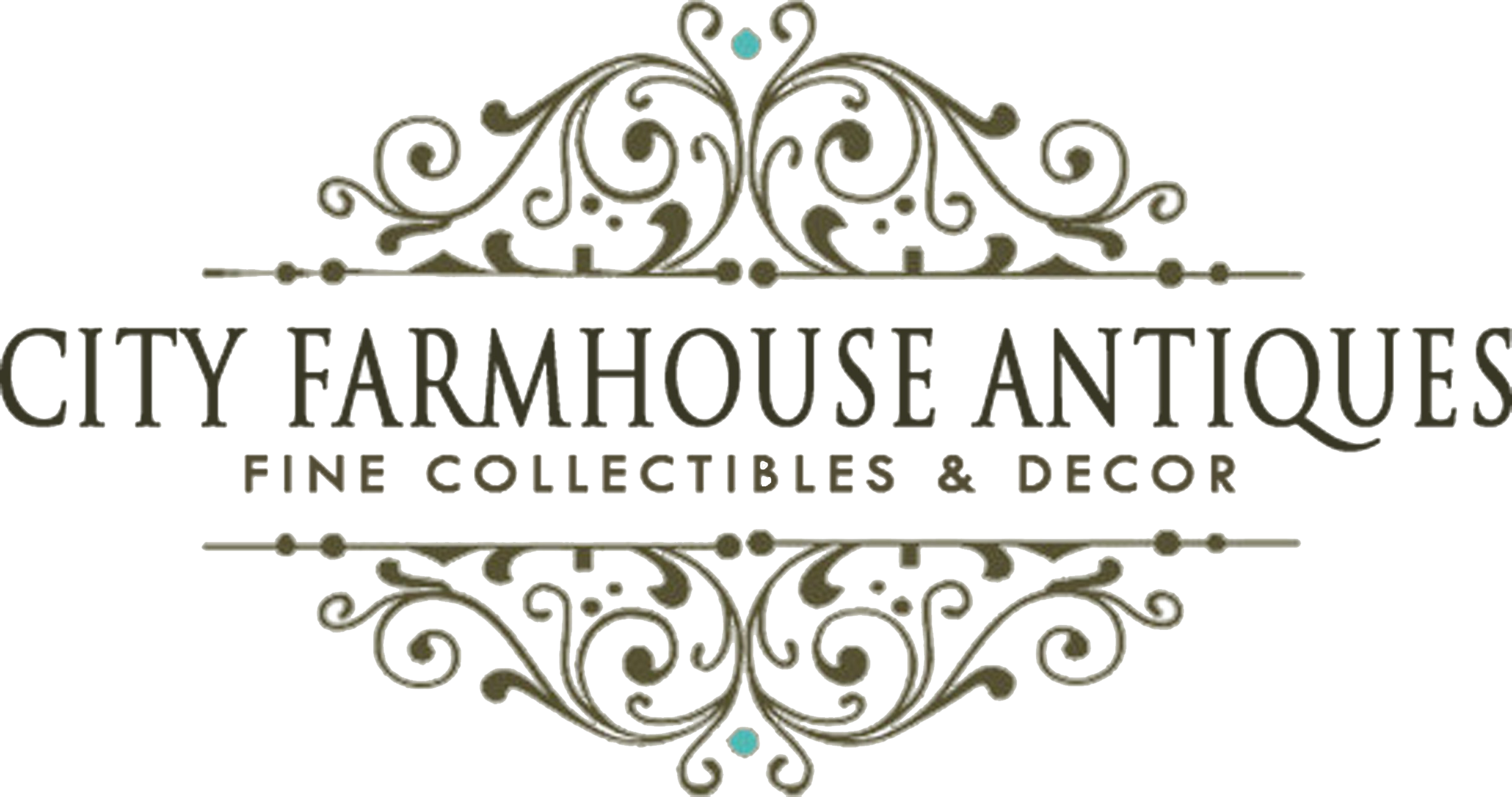How To Spot A Repro

It is not always easy to tell a genuine piece from a reproduction and sometimes even the best of us get fooled, but these tips will help you to steer clear of some of the fakes out there.
Think of the obvious. An antique piece is not going to have a removable label. An old piece will more than likely show wear. If you are looking at a piece of glass and there is no wear such as scratches on the base or any imperfections and it looks new...that is because it probably is. Does an antique dealer have several pieces of the same thing? Is there all of a sudden a surplus of the same item? Does the piece seem too cheaply priced to be real? These signs can all be indicators that a piece of glass or an antique is not authentic.
The trouble comes in knowing how to tell a fake among varying companies and the different pieces and patterns of glass made by each company. For example, Cranberry glass is plentiful. You almost have to school yourself on the shapes and styles of what the old factories produced to spot a reproduction. New cranberry glass is typically thicker, but it is very hard to make the distinction unless you have felt a lot of glass.
Attention to detail is sometimes the best way to identify an authentic antique, but again it all goes back to knowing your patterns and the pieces made. There are endless repros of Mary Gregory glass. Hold up Ms. Gregory to the light. Reproductions will sometimes show a stenciled form beneath the figure. The hand painting will be more intricate and detailed in an older authentic piece and will be lighter in weight.
Meissen made tea sets, and thousands of porcelain figurines. A hallmark of true Meissen is the detail in each piece. The detail is so defined you can sometimes see every hair on a figurine's head. The fingers and toes are very real looking and the skin tones are always natural. Meissen still makes figurines today, but the newer pieces are not as detailed as the older ones. However, sometimes the newer pieces are more expensive and more sought after than their predecessors.
Meissen has had many different makers marks over the years but the company is best known for the crossed swords mark. The company never marked their pieces with a sloppy set of swords on the bottom of any piece. This is a common sign of a fake Meissen mark. To test your piece and your skills look at the piece and ask yourself if the quality looks like Meissen before looking at the mark. If the detail is not there and yet you spot a Meissen mark on the bottom, it just may not be the real deal.
Lastly, owning a reproduction isn't the end of the world. Many people deliberately buy reproductions to keep for their beauty and to use as a comparison when buying other pieces of quality glass or porcelain. As long as you are not paying the real price for a fake all is well. Beauty is in the eye of the beholder.
Leave a comment
Comments will be approved before showing up.




